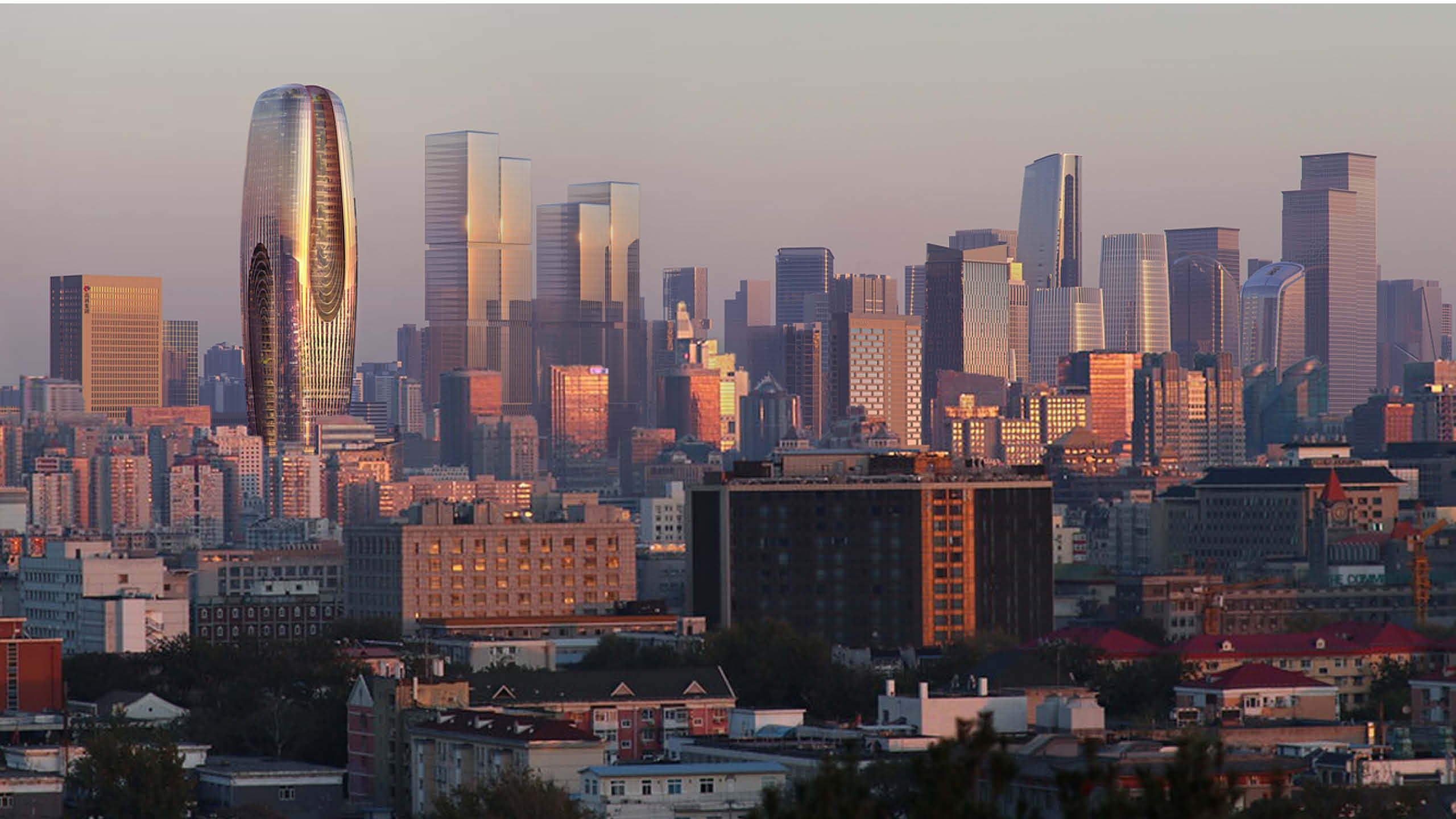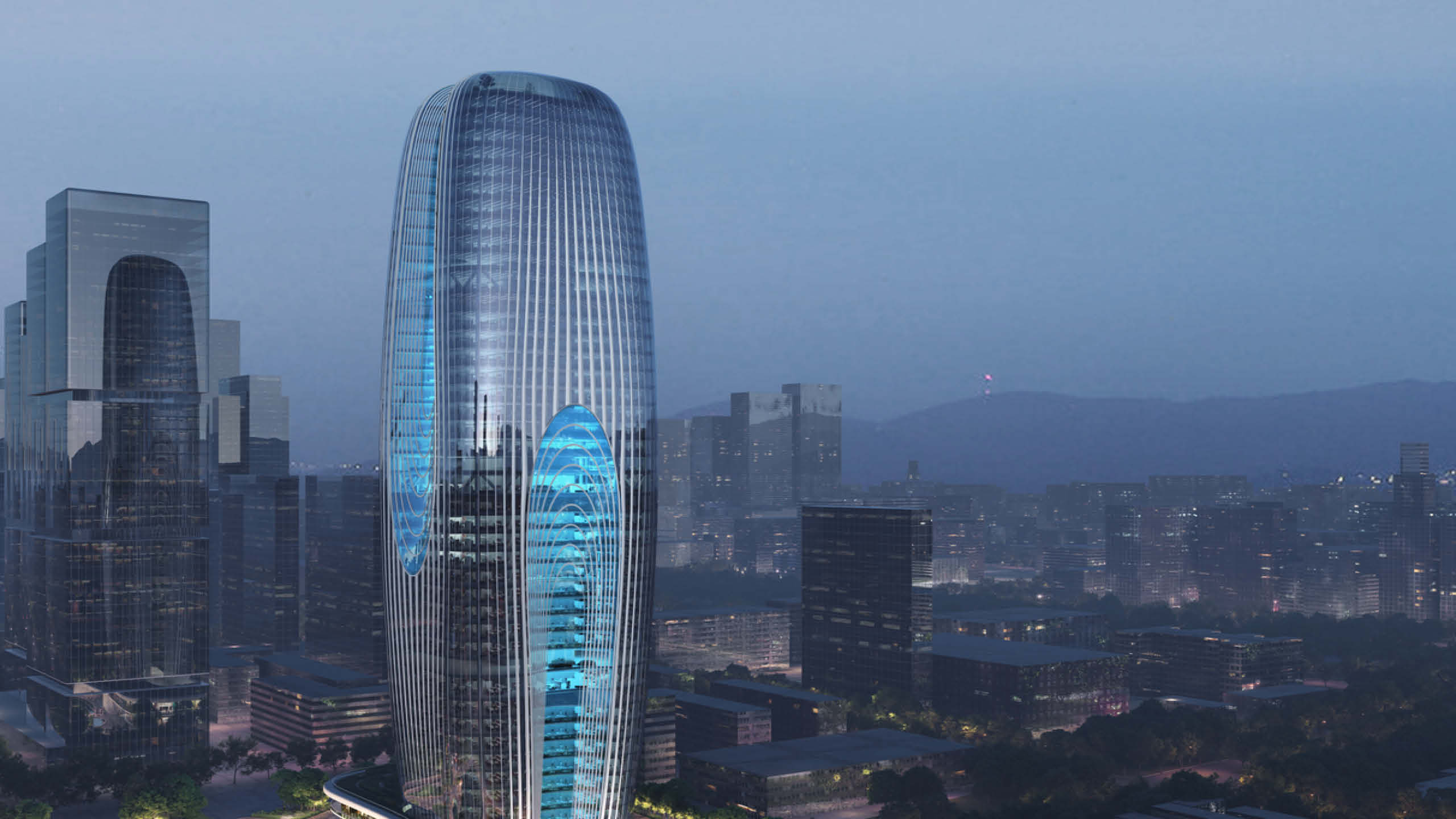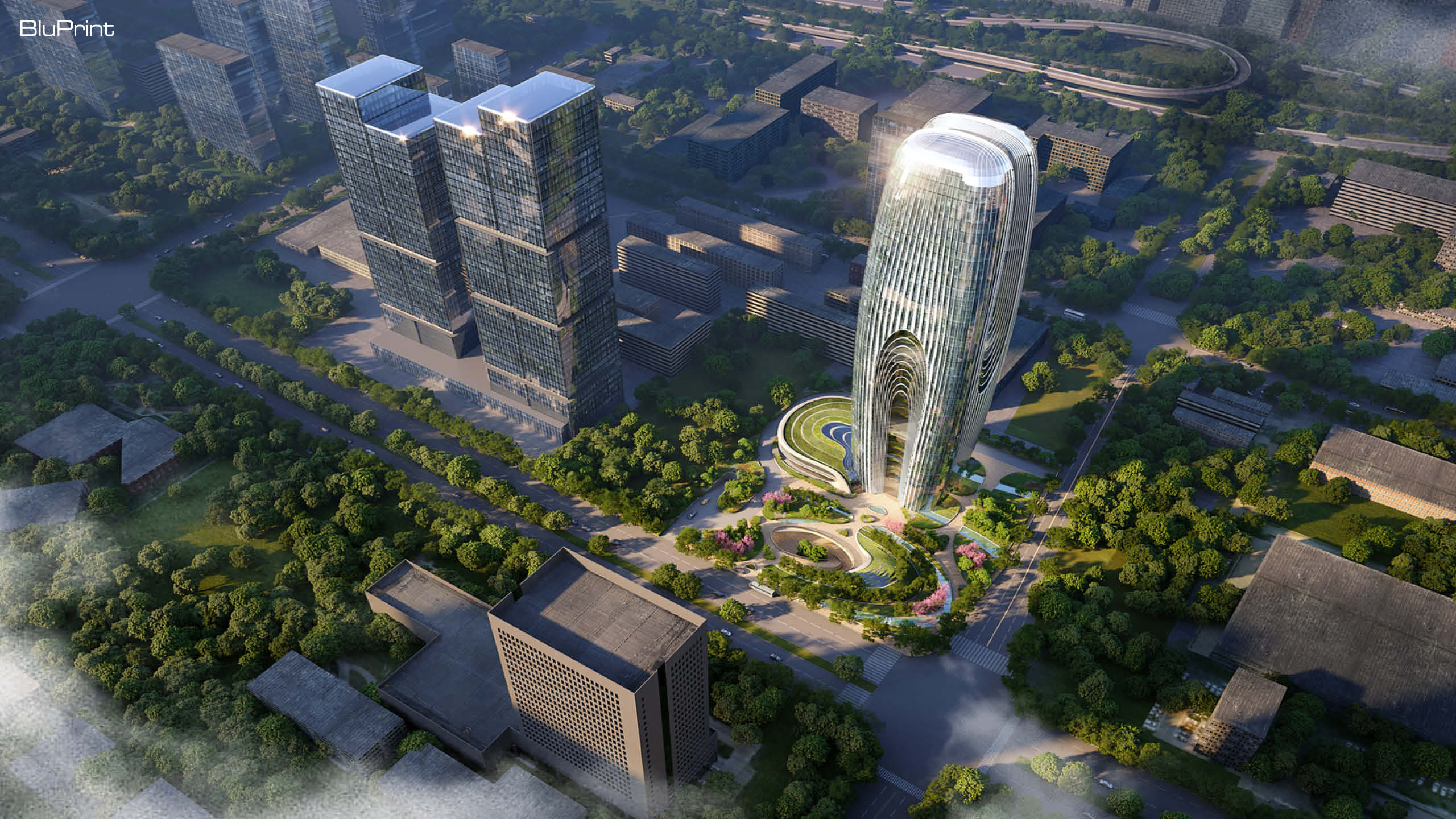
Zaha Hadid’s Daxia Tower adds to Modern Xi’an’s Setting
Big cities are always the heart of the newest trends and progress. In China, Xi’an is the birthplace of Chinese civilization. Until now, Xi’an is one of the most visited cities in the country. The famous Terracotta Warriors and the Silk Road gateway are in this historical city. These days, it’s the cradle of modern progress. Here, people see some of the most futuristic buildings and traditional structures together. A bustling technology hub, it’s host to both international and national companies. As its a modern city, these companies are involved in industries like robotics and bio-pharmaceuticals. So it’s unsurprising that Xi’an is still the seat of groundbreaking structures. With the Daxia Tower, award-winning firm, Zaha Hadid Architects adds to Xi’an’s modernity.
Related read: Chengdu Science Fiction Museum by Zaha Hadid Architects to Host WorldCon 2023

A Modern Skyscraper
Daxia Tower is in the center of Xi’an’s high-tech economic and technological zone in a 16,700 square meter site. Standing at a height of 210 meters, it has a curving silhouette like the smooth mountainside. For more daylight, it’s highlighted with layers of patterned glazing and grand atriums. Further inside are planted terraces inspired by mountainside waterfalls. This cascade of planted interior terraces offers breathtaking views. The north and east show the historic city while the south and west present the high-tech zone.


Related read: Tales of Inspiration: The Artist and Architecture
Sustainable Aesthetics
Its glazed facade already fulfills the aesthetic appeal by combining modernity with traditionalism. But its also a sustainable building aiming for a LEED Gold certification. Hence the facade with thermal coating and insulation against low U-values. To reduce water consumption, the building also uses a rainwater harvesting system. This works as a supplementary source of non-potable water. The entire tower itself also adapts to Xi’an’s continental monsoon climate. Its sensors and photovoltaic panels allow the building to enable energy generation. Enhanced daylight and natural ventilation help high performance and low emissivity too.
Photos from Zaha Hadid Architects courtesy of ATCHAIN


